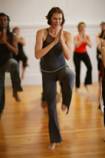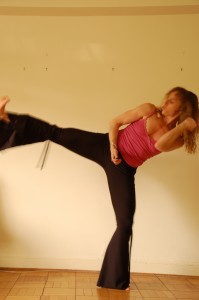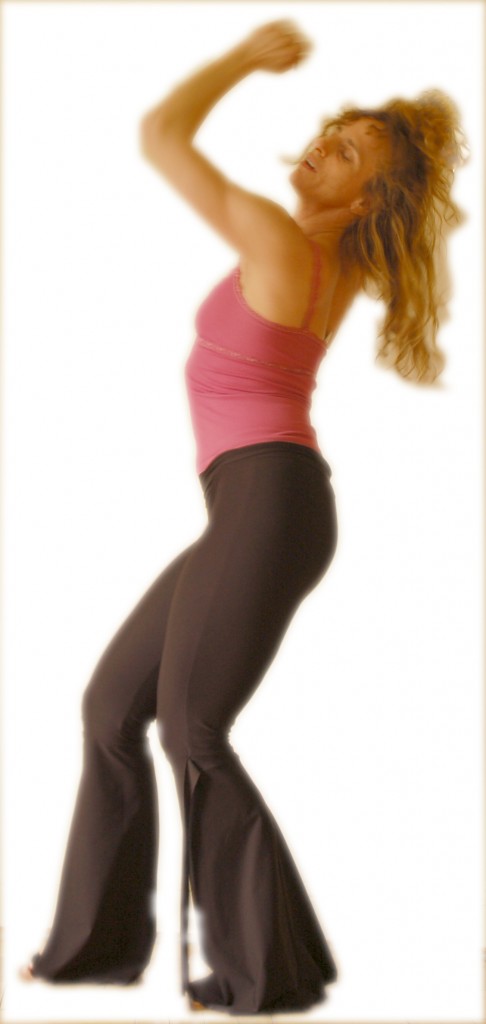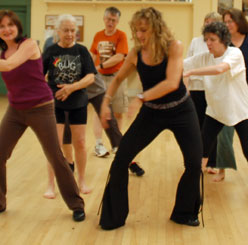 I had a pulled muscle in my left calf. I was unsure if I could dance on it, but rather than skip the classwork, I decided to explore the healing possibilities that Nia offers.
I had a pulled muscle in my left calf. I was unsure if I could dance on it, but rather than skip the classwork, I decided to explore the healing possibilities that Nia offers.
We started class by rubbing our hands together and creating some heat from friction. We placed our hands on the part of our body that we felt needed some extra healing. From there, we used the moves of the routine DreamWalker to continue sending healing energy to our in need parts.
Having the focus of healing helped to determine the language I used to deliver the instructions for dancing the routine. Every move I invited the students to do was directed to comfort, adjust, and heal their bodies. The attention to healing through movement caused awareness. I asked, how can you tweak this move so that it feels good in your body? What does your body need right now to heal?. Do smaller moves make you feel better? Is having both your feet on the floor a better sensation for you? How can you adjust your moves to be more exact in technique so that your joints will be used in a way that allows the most ease? Do you like, need, or want the sensation of dynamic energy – strength? Do your muscles yearn to be challenged by resistance? Read More→
 I had another request to teach Girls’ Night Out and because there was a visitor, I decided to just go ahead and do it. I had planned to do DreamWalker and to focus on the Martial Arts energies. I kept the focus, but applied it to GNO.
I had another request to teach Girls’ Night Out and because there was a visitor, I decided to just go ahead and do it. I had planned to do DreamWalker and to focus on the Martial Arts energies. I kept the focus, but applied it to GNO. I want to talk a little more about Girls Night Out and how it relates to confidence-building.
I want to talk a little more about Girls Night Out and how it relates to confidence-building.  One of my newer students said to me, “I am just so intrigued by this. I don’t know what it is about Nia, but something definitely happens to you during class.”
One of my newer students said to me, “I am just so intrigued by this. I don’t know what it is about Nia, but something definitely happens to you during class.” 
